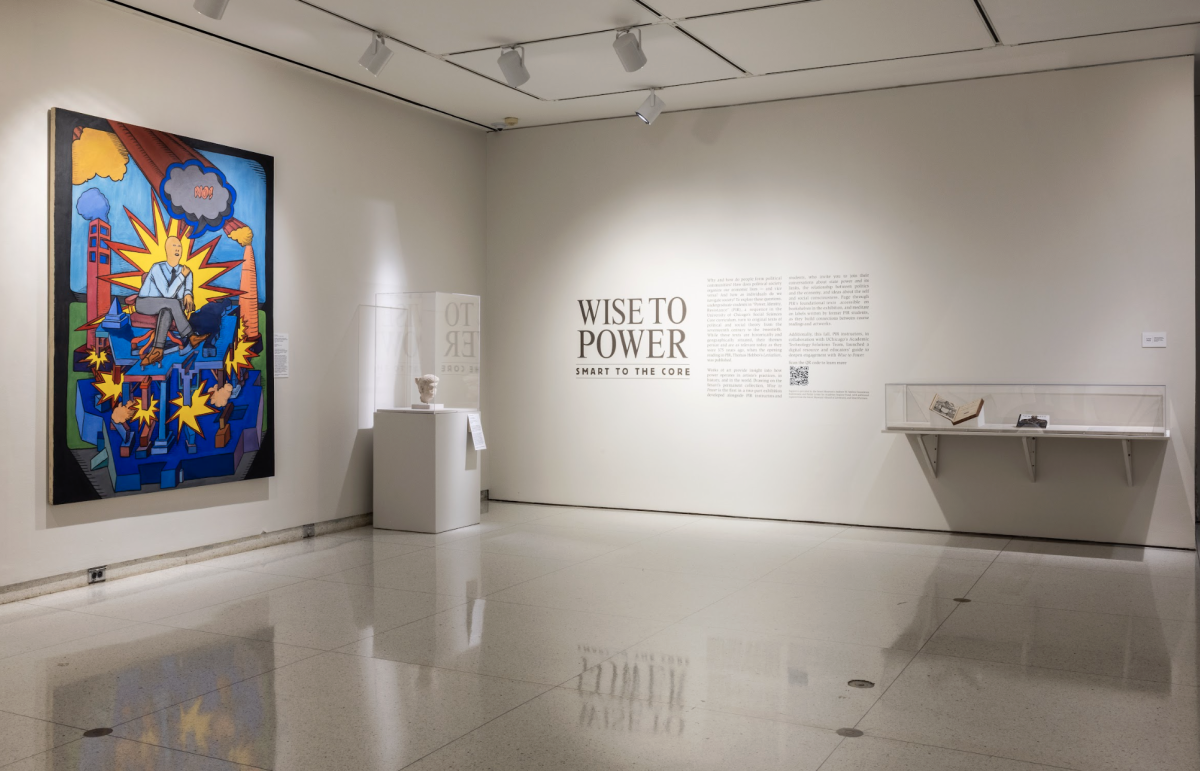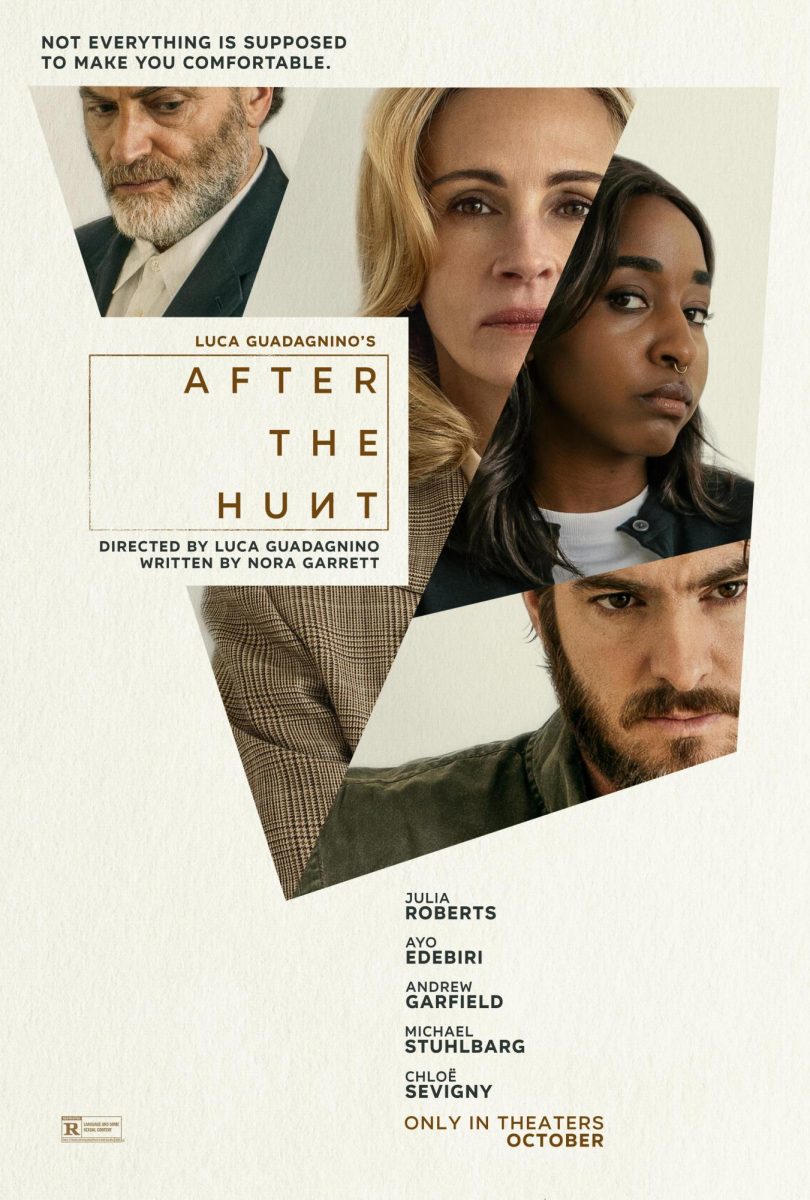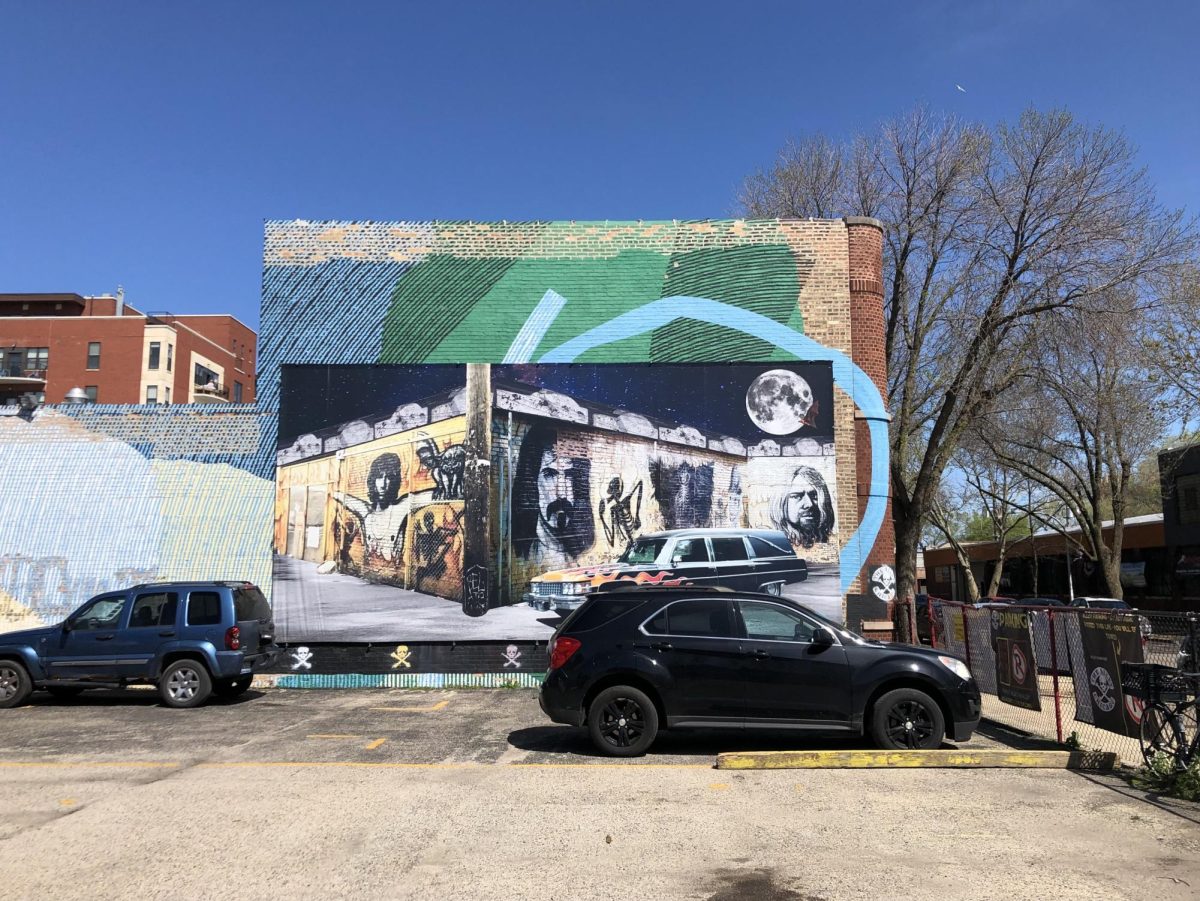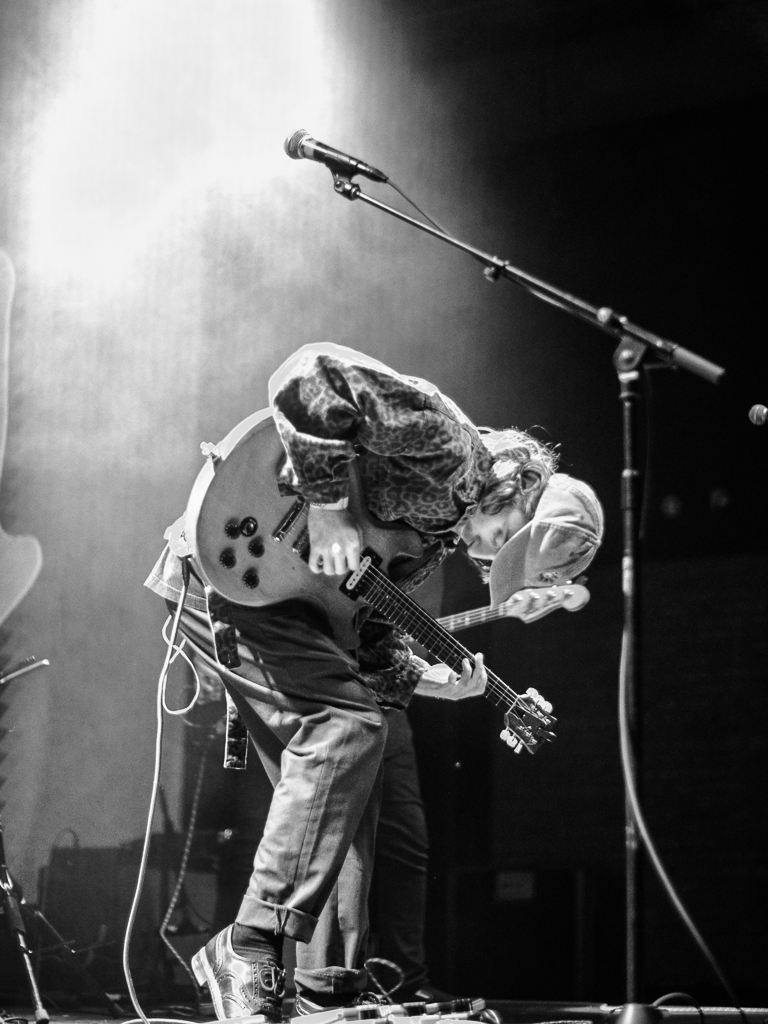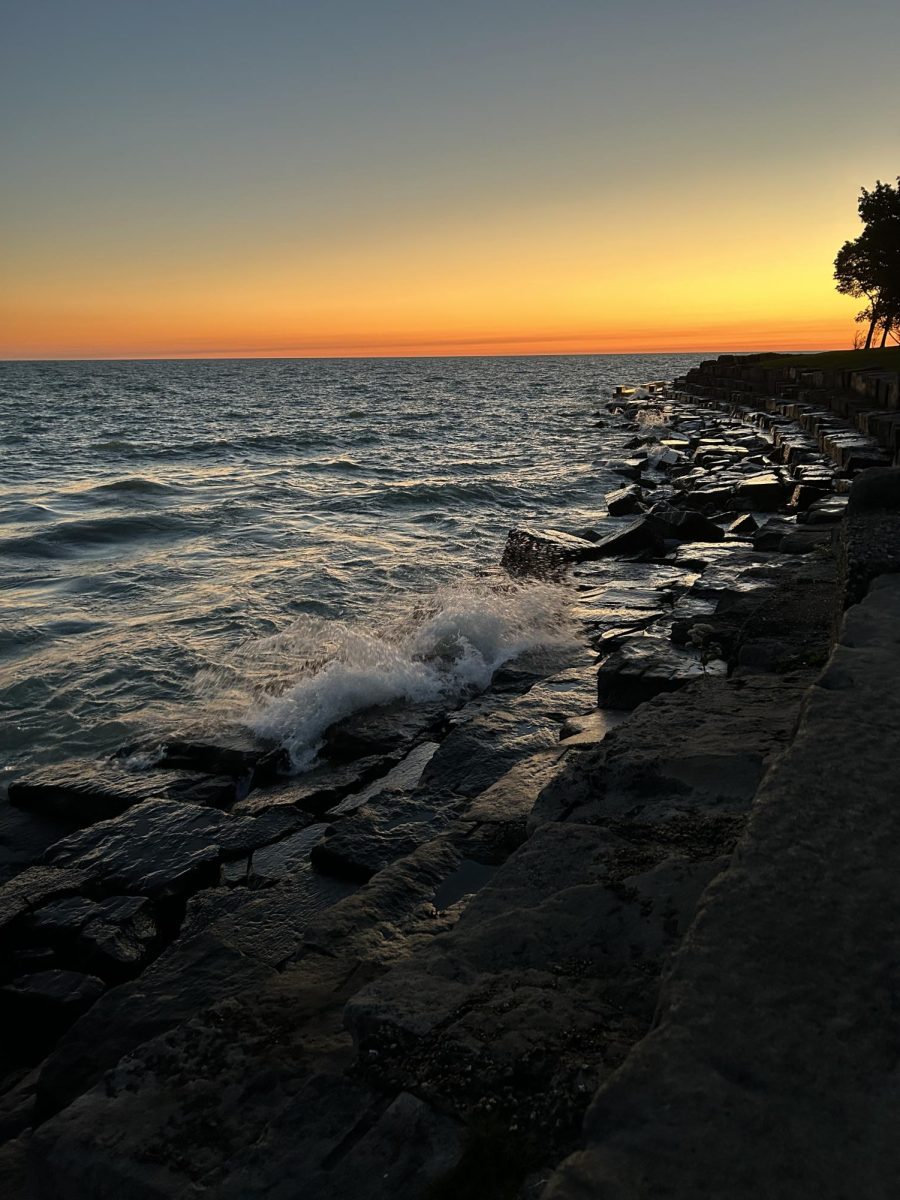“Paper was made to burn, coal and rags, not people. People wasn’t made to burn,” declared James Hickman after a fire killed four of his children in 1947. The Smart Museum’s latest exhibit, ‘People Wasn’t Made to Burn’: Ben Shahn and the Hickman Story, displays sixteen sketches artist Ben Shahn drew for a 1948 story in Harper’s Magazine about how the fire turned Hickman into a murderer.
The Hickman family moved to Chicago in an attempt to escape the racism of the South, but found life was still hard in the North. They settled in a tenement building on the West Side of Chicago. On the night of January 16, 1947, a fire started in their building, after James Hickman had already left to work the night shift. Upon returning the next morning, he discovered that four of his children were dead. He suspected the perpetrator was their landlord, David Coleman, who had threatened to burn down the building if they did not leave. Hickman claimed that Coleman confessed when he confronted him at his home on the South Side, right before Hickman shot him four times with a .32 caliber pistol. Coleman died three days later.
Shahn uses simple images, primarily of buildings and people, to depict Hickman’s strife. The objects are not drawn at right angles, but are slanted, conveying a sense of unease and havoc. His characters often fade into the paper, as if their lives were so hard as to make mere existence a strain. The pictures tell of the family’s move and their hopes for a better life, as well as of their sorrow after settling in Chicago. The exhibit is neither happy nor hopeful. It is an exercise in grief and a call for justice. Shahn does not ask viewers to forgive Hickman, but he does demand empathy from his audience, that they understand the conditions that motivated him to murder Coleman.
The sketches themselves simply consist of black pen on white paper, but a few have been reworked with white pigment. The simplicity of the materials speaks partly to the requirements of the magazine, in addition to creating the effect of emphasizing content above all else. True, there is craftsmanship in these images, but what makes them remarkable is their message. A quote from the trial transcript or the article accompanies each one, further signifying the importance of what actually happened over how it is conveyed.
Unlike most art exhibits, People Wasn’t Made to Burn deals with a specific historical event instead of a general mood or concept. Curator Rachel Furnari placed all the sketches in a single room. They sit in simple black frames with a white matte—neutral framing which nevertheless connects them as part of a series. When combined with the white wall behind them, this framing allows for a stark presentation of the images. Shahn’s sketches do not give the viewer time to adjust to them. They confront the audience directly, leaving no room for hesitation. Other than a display case with a copy of the original magazine article, there is nothing to distract from the pictures.
People Wasn’t Made to Burn is a reminder that tragedy is not isolated. It is present not just in this city, but throughout the immediate area. The Hickman trial may have occurred decades ago, but the issues it raised have not disappeared, and any hope of them doing so depends on reminders of incidents like the Hickman case. Tragedy cannot be prevented if is forgotten.



